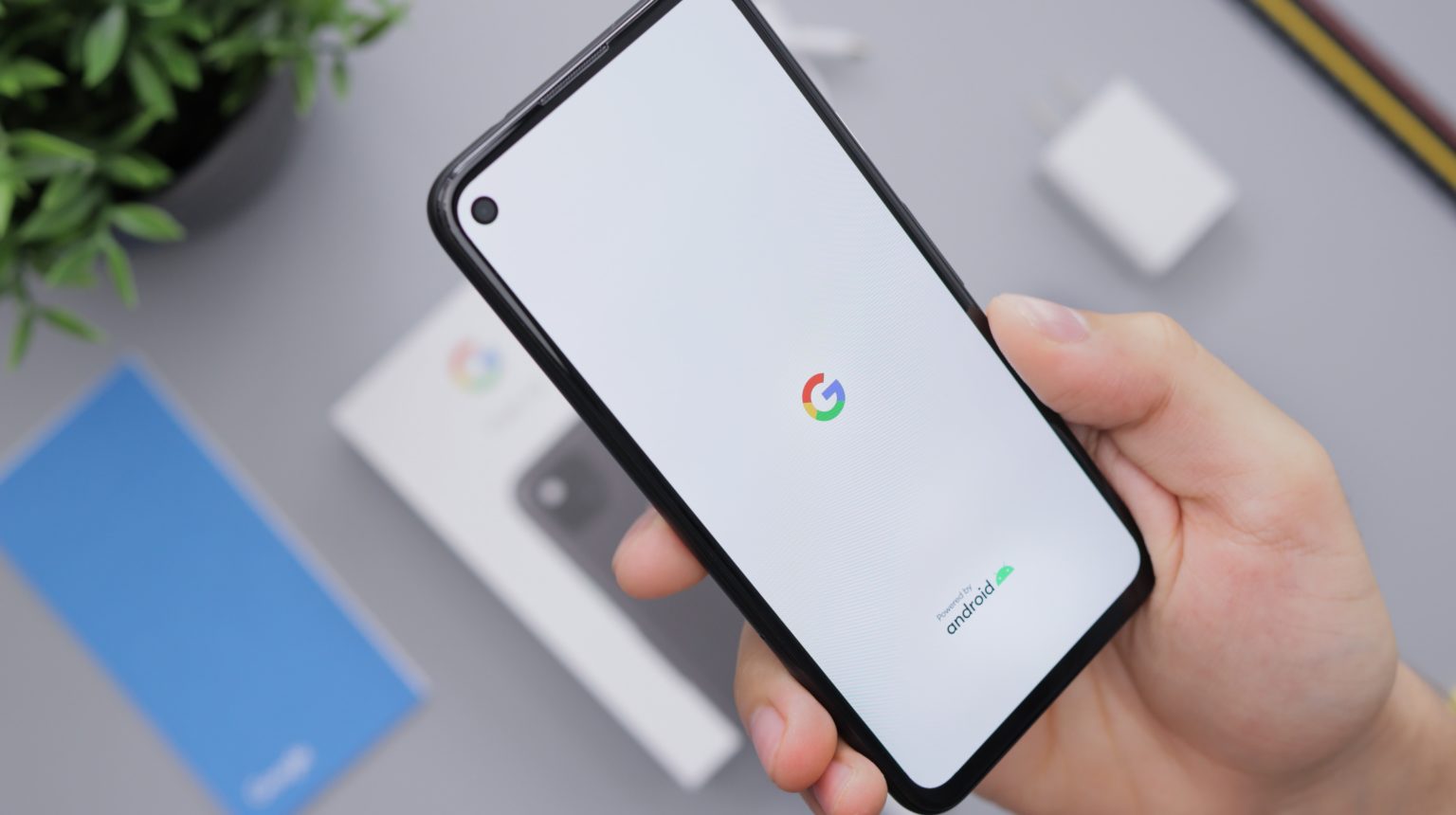10 Critical Security Flaws Found in Google’s Quick Share Tool: What You Need to Know
Researchers recently discovered ten security flaws in Google’s Quick Share tool. This tool, designed for seamless file transfers between devices, now faces scrutiny due to these vulnerabilities. The flaws could potentially allow remote code execution (RCE) on systems with the software installed.
These findings have raised significant concerns among users and cybersecurity experts alike. The potential for remote code execution means that attackers could exploit these flaws to gain unauthorized access to devices, leading to severe consequences for users’ privacy and data security.

The Discovery
A team of cybersecurity experts identified these flaws during a routine security audit. They found that Quick Share’s unique application-layer communication protocol had several weaknesses. These vulnerabilities could be exploited to execute malicious code remotely.
The audit revealed that the flaws were not immediately apparent, requiring in-depth analysis and testing to uncover. This discovery underscores the importance of thorough security evaluations for software tools, especially those widely used for file transfers and communication.
Details of the Flaws
The ten flaws vary in severity and impact. Some allow attackers to bypass security measures, while others enable unauthorized access to sensitive data. The most critical flaws could be chained together to create an RCE attack, posing a significant threat to users.
Each flaw presents a unique challenge, from simple bypasses to complex exploit chains. Understanding the specifics of these vulnerabilities helps in developing effective countermeasures and highlights the need for robust security protocols in software development.
Impact on Users
If exploited, these vulnerabilities could allow attackers to gain control over affected devices. This control could lead to data theft, unauthorized file transfers, and even complete system compromise. Users of both Android and Windows versions of Quick Share are at risk.
The potential impact extends beyond individual users to organizations relying on Quick Share for internal file transfers. A successful exploit could result in significant data breaches, financial losses, and damage to reputation, emphasizing the need for immediate action.
Google’s Response
Google has acknowledged the flaws and released a patch to address them. The company urges all users to update Quick Share to the latest version immediately. This update includes fixes for all identified vulnerabilities, enhancing the tool’s security.
In addition to the patch, Google has committed to improving its security protocols and conducting more frequent audits. This proactive approach aims to prevent similar issues in the future and restore user confidence in Quick Share’s safety.
Preventive Measures
Users should always keep their software up to date to protect against such vulnerabilities. Regular updates ensure that security patches are applied promptly, reducing the risk of exploitation. Additionally, users should be cautious when sharing files and only use trusted networks.
Educating users about safe file-sharing practices and the importance of regular updates can significantly reduce the risk of exploitation. By staying informed and vigilant, users can better protect their devices and data from potential threats.
Conclusion
The discovery of these flaws highlights the importance of regular security audits and prompt updates. While Google’s Quick Share tool offers convenience, users must remain vigilant and proactive in maintaining their device security. By updating to the latest version, users can continue to enjoy the benefits of Quick Share without compromising their safety.
This incident serves as a reminder of the ever-evolving landscape of cybersecurity threats. Continuous improvement and vigilance are essential in safeguarding our digital lives, ensuring that tools like Quick Share remain both useful and secure.
You think you have a story worth everyone’s time? SUBMIT A STORY and we will publish it
Share this content:




Post Comment